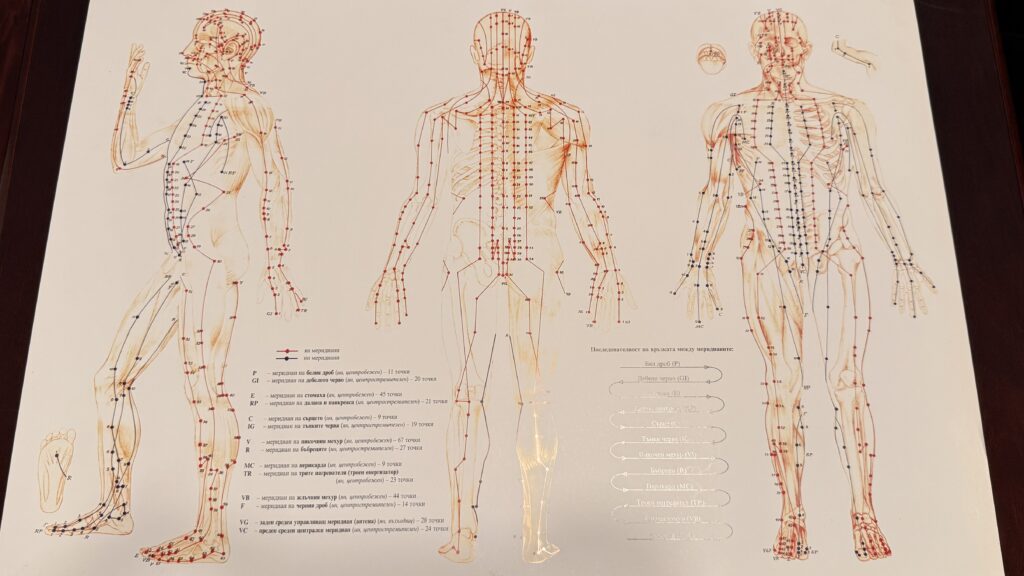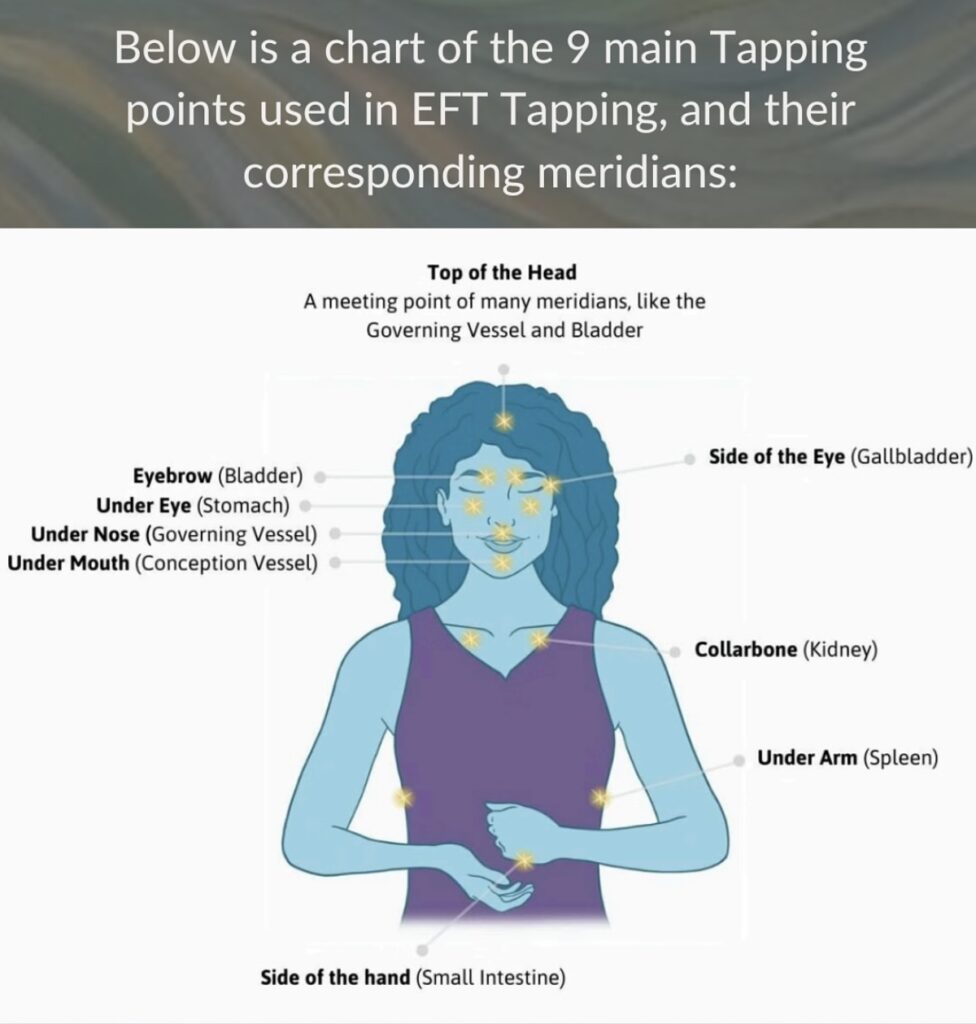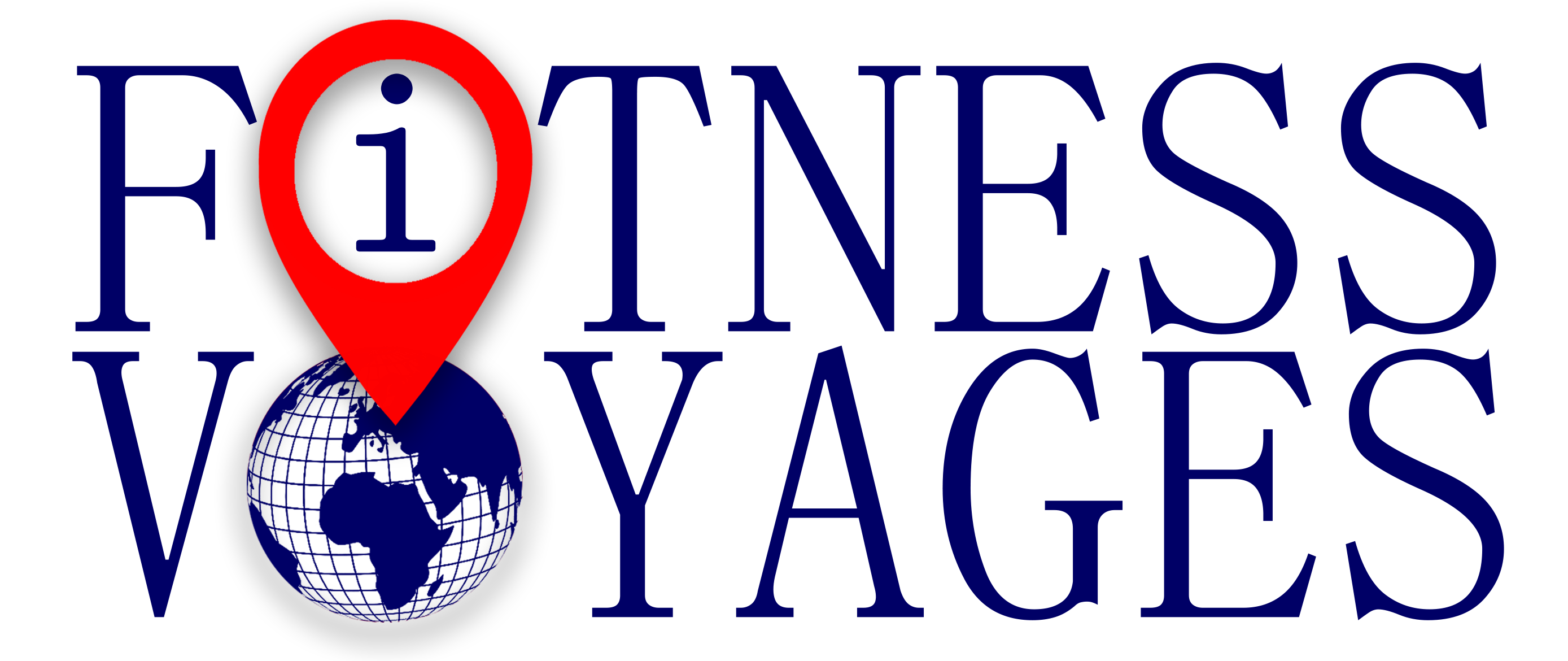Qi – The Energy That Gives Life To Everything
What if your fatigue, tension, or lack of clarity wasn’t just a random occurrence, but a gentle nudge from your own body asking for attention? What if behind the symptoms, there was a quiet force that speaks not in words, but in flow?
Traditional Chinese Medicine (TCM) has a word for that force: Qi (pronounced chee).
Qi is not easily seen or measured, but it can be felt, like the warmth in your hands after meditation, the grounded stillness after yoga, or the quiet knowing that you’re in alignment. Understanding Qi and how it moves through us can open a doorway to healing – not just physically, but emotionally and spiritually.
What Is Qi?
Qi is often translated as vital life force – the energy that animates all living things. In TCM, Qi flows through a network of invisible pathways called meridians, keeping your organs nourished, your systems connected, and your spirit vibrant. When this flow is strong and unobstructed, we feel vibrant and well. When it’s blocked or stagnant, we feel off – mentally, emotionally, or physically.
Qi is considered to come from several sources:
- The air we breathe
- The food we eat
- Our inherited essence (called Jing)
- And the energy we cultivate through mindful living
Think of it as your internal battery – charged by breath, movement, rest, and connection.
Where Qi Meets the Body: Meridians and Acupressure
Meridians are like energetic rivers running beneath the surface of your skin and along the fascia. There are 12 primary meridians, each connected to a major organ system. Along these pathways are acupoints – specific locations where Qi can be accessed and influenced.
By applying gentle pressure, acupuncture needles, massage, or stretching to these points, we can:
- Restore balance
- Release emotional and energetic blockages
- Encourage the body’s natural healing response
Even without formal training, many people instinctively touch areas of the body where Qi is trying to communicate, like rubbing the temples during stress, or placing a hand over the heart when sad. These are natural ways we attempt to shift energy.

Stagnant Qi and Its Impact on Health
When Qi doesn’t flow freely, we can experience what TCM calls Qi stagnation. This can manifest in many ways:
- Fatigue and low immunity
- Headaches or digestive issues
- Mood swings, irritability, or brain fog
- Muscle tension or shallow breathing
In emotional terms, Qi stagnation is often linked with suppressed feelings – fear that lives in the kidneys, grief that settles in the lungs, or anger that disrupts the liver. Over time, unexpressed emotion can create real imbalances in the body.
The good news? Qi wants to move. Like water, it naturally seeks flow. Our job is to clear the path.
Healing Through Flow: How to Support Your Qi
While treatments like acupuncture and herbal medicine are effective tools, you don’t need a clinic to start healing. The ancient traditions that explore Qi also offer daily, accessible practices to cultivate energy and restore flow.
Here are a few:
1. Qi Gong
This moving meditation blends breath, intention, and fluid motion to direct and strengthen Qi. Research suggests that regular Qi Gong practice may improve immune function, reduce anxiety, and support cardiovascular health.
2. Breathwork
In both TCM and yogic tradition, the breath is sacred. Deep, diaphragmatic breathing can stimulate energy flow, calm the nervous system, and replenish Qi. Try inhaling deeply through the nose for 4 counts, and exhaling slowly for 6–8 counts.
3. Yoga & Chakra Alignment
In yoga philosophy, energy flows through Chakras – seven spinning wheels of life force energy aligned along the spine. Each chakra corresponds to physical, emotional, and psychological states. When a chakra is blocked, we may feel unbalanced in that area of life, whether it’s speaking our truth (throat chakra) or feeling safe and grounded (root chakra).
Though the systems differ in origin (Chakras in India, Meridians in China), the message is the same: our energy matters
4. Reiki
Reiki is a Japanese form of energy healing where practitioners channel universal life force energy through the hands. Studies published in peer-reviewed journals (e.g., Journal of Evidence-Based Integrative Medicine) suggest Reiki may reduce pain, promote deep relaxation, and support emotional well-being.
5. Meditation & Mindfulness
Quieting the mind helps Qi settle and replenish. Even five minutes of stillness per day can begin to shift your energy, offering clarity and presence.
Science and Energy Healing
While Qi cannot yet be measured by conventional tools, its effects are increasingly being studied.
- A 2020 review in Frontiers in Psychology highlighted the benefits of meditation, Tai Chi, and Qi Gong on stress reduction, immune response, and mood regulation.
- Fascia research has revealed a connective tissue network that may correlate with the energetic pathways described in TCM and yoga – suggesting that subtle energy flow may have a physical matrix.
- Imaging studies on Reiki and acupuncture have shown changes in brain activity, reduced cortisol levels, and increased parasympathetic (healing) response.
Modern science is beginning to echo what ancient wisdom has always known: when energy flows freely, healing is possible.
Becoming Your Own Healer
You don’t need to be a practitioner to tune into your energy body. In fact, the most powerful healer you will ever meet is you.
By paying attention to where your energy feels stuck, tender, or overactive, you can begin to gently support yourself. This might mean stretching your body in a new way, sitting quietly in the morning sun, or holding space for an emotion to rise and pass without judgment.
The beauty of working with Qi is that it invites us to listen. Not just to our symptoms, but to our story – to the wisdom in our tension, our breath, our stillness. You are not broken. You are learning how to flow again.
Energy Is the First Language
Across cultures, from the Chinese meridians to the Indian chakras to the Japanese Reiki tradition, humans have long understood that life is energy in motion.
And when that energy is flowing, we feel it:
- In a clear mind and rested body
- In a brave heart and peaceful breath
- In the joyful hum of feeling truly alive
You don’t have to understand all the technicalities of Qi to benefit from it. Just start by noticing your breath. Move your body with care. Pay attention to what gives you energy and what drains it. This is the path back to vitality.
As the saying goes in Qi Gong:
“Where attention goes, energy flows.”
So start paying attention – with compassion, curiosity, and care.

EFT Tapping, or Emotional Freedom Techniques, is a mind-body therapy that combines elements of psychology and acupressure to help relieve emotional distress, reduce physical pain, and restore balance to the body’s energy system. EFT is deeply rooted in TCM and the concept of Qi, even though it was developed as a modern psychological self-help tool
It’s often referred to as “psychological acupuncture” but instead of using needles, EFT involves gently tapping with your fingertips on specific acupressure points (mostly on the face, hands, and upper body) while focusing on an emotional issue you’d like to release or reframe.
✦ How EFT Tapping Works:
- Identify the issue: Choose a specific problem – such as anxiety, fear, anger, pain, or a limiting belief.
- Rate the intensity: On a scale of 0–10, rate how intense the issue feels.
- Setup Statement: While tapping the karate chop point (side of the hand), repeat a phrase like:
➤ “Even though I feel anxious about ____________ , I deeply and completely accept myself.” - Tapping Sequence: Tap through a sequence of 9 key meridian points while using reminder phrases:
- Top of the head
- Eyebrow
- Side of the eye
- Under the eye
- Under the nose
- Chin
- Collarbone
- Under the arm
- Wrist (optional in some versions)
- Reassess: After a few rounds, rate the intensity again. Most people experience a noticeable drop in emotional tension.
In EFT Tapping, there’s no rigid rule for the number of taps per point, but the general recommendation is to tap each point about 5 to 7 times using two or more fingertips (typically index and middle fingers). The tapping should be firm but gentle, enough to stimulate the point, not cause discomfort.
✦ Why It’s Effective:
EFT is thought to work by:
- Calming the amygdala (the brain’s fear center)
- Regulating the nervous system
- Releasing energy blockages in meridians – similar to acupuncture or acupressure
- Interrupting the mind-body pattern of emotional distress
✦ Scientific Support:
- A 2016 meta-analysis in The Journal of Nervous and Mental Disease found EFT significantly reduces anxiety.
- Studies show it lowers cortisol levels (a stress hormone) and increases heart rate variability, a sign of nervous system balance.
- Research has shown benefits for PTSD, chronic pain, depression, and phobias.
✦ Who Uses EFT?
EFT is used by:
- Therapists
- Life coaches
- Energy healers
- Trauma specialists
- Everyday people for self-help
It’s gentle, safe, and doesn’t require reliving trauma in detail, making it accessible for a wide range of people, including children.
✦ Should You Try It?
EFT empowers you to become your own healer, by gently tapping into your body’s innate intelligence and rewiring emotional patterns with your own hands. It’s an invitation to meet your discomfort with presence, and guide it toward peace.





